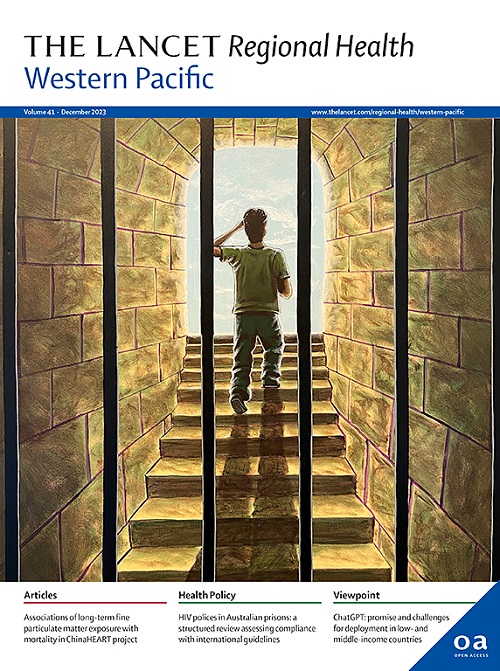Timing of onset of persistent critical illness in Japan: a nationwide registry study
IF 8.1
1区 医学
Q1 HEALTH CARE SCIENCES & SERVICES
引用次数: 0
Abstract
Background
Persistent critical illness (PerCI) occurs in patients whose ongoing ICU stay is no longer primarily driven by their presenting illness, but rather by new clinical instability. Studies in Western countries have found PerCI onset at 5–11 days, but timing in Japan or other Asian countries is unknown.
Methods
Using the Japanese Intensive Care Patient Database (JIPAD), PerCI onset was assessed by comparing the predictive ability of antecedent characteristics components (demographics, comorbidities) and acute illness components (physiological status at ICU admission) for in-hospital mortality, analyzed through multivariable logistic regression models among patients still in ICU from day 1 to day 28. The day when the Area Under the Receiver Operating Characteristic curve (AUROC) of antecedent characteristics exceeded that of acute illness was defined as the onset of PerCI.
Findings
We studied 285,567 patients from 101 ICUs in Japan between April 2015 and March 2023. Overall in-hospital mortality was 8.2%. The AUROCs of antecedent characteristics and acute illness components for in-hospital mortality was 0.752 and 0.920 on day 1, 0.669 and 0.779 on day 7, 0.668 and 0.743 on day 14 and 0.667 and 0.700 on day 28, respectively. Through day 28, the AUROC of acute illness component remained consistently higher than that of antecedent characteristics component, with no observed onset of PerCI.
Interpretation
Unlike findings from Western countries, PerCI onset was not observed in ICU in Japan. This suggests that variation in end-of-life decision making and the critical care delivery system may influence the onset of PerCI.
Funding
None.
日本持续性危重疾病发病时间:一项全国性登记研究
背景:持续性危重症(PerCI)发生在ICU住院的患者中,其主要原因不再是目前的疾病,而是新的临床不稳定。西方国家的研究发现,ci发病时间为5-11天,但日本或其他亚洲国家的发病时间尚不清楚。方法使用日本重症患者数据库(JIPAD),通过比较前因特征成分(人口统计学、合并症)和急性疾病成分(ICU入院时的生理状态)对住院死亡率的预测能力来评估ci的发生,并通过多变量logistic回归模型对1 - 28天仍在ICU的患者进行分析。当受试者工作特征曲线下面积(Area Under The Receiver Operating Characteristic curve, AUROC)超过急性疾病时,定义为发病。研究结果:2015年4月至2023年3月,我们研究了日本101个icu的285,567名患者。总体住院死亡率为8.2%。入院后第1天的前因特征和急性疾病成分的auroc分别为0.752和0.920,第7天的0.669和0.779,第14天的0.668和0.743,第28天的0.667和0.700。直到第28天,急性疾病成分的AUROC始终高于前例特征成分,未观察到PerCI的发作。与西方国家的研究结果不同,日本ICU未观察到pci的发病。这表明临终决策和危重护理系统的差异可能影响perci的发病。
本文章由计算机程序翻译,如有差异,请以英文原文为准。
求助全文
约1分钟内获得全文
求助全文
来源期刊

The Lancet Regional Health: Western Pacific
Medicine-Pediatrics, Perinatology and Child Health
CiteScore
8.80
自引率
2.80%
发文量
305
审稿时长
11 weeks
期刊介绍:
The Lancet Regional Health – Western Pacific, a gold open access journal, is an integral part of The Lancet's global initiative advocating for healthcare quality and access worldwide. It aims to advance clinical practice and health policy in the Western Pacific region, contributing to enhanced health outcomes. The journal publishes high-quality original research shedding light on clinical practice and health policy in the region. It also includes reviews, commentaries, and opinion pieces covering diverse regional health topics, such as infectious diseases, non-communicable diseases, child and adolescent health, maternal and reproductive health, aging health, mental health, the health workforce and systems, and health policy.
 求助内容:
求助内容: 应助结果提醒方式:
应助结果提醒方式:


